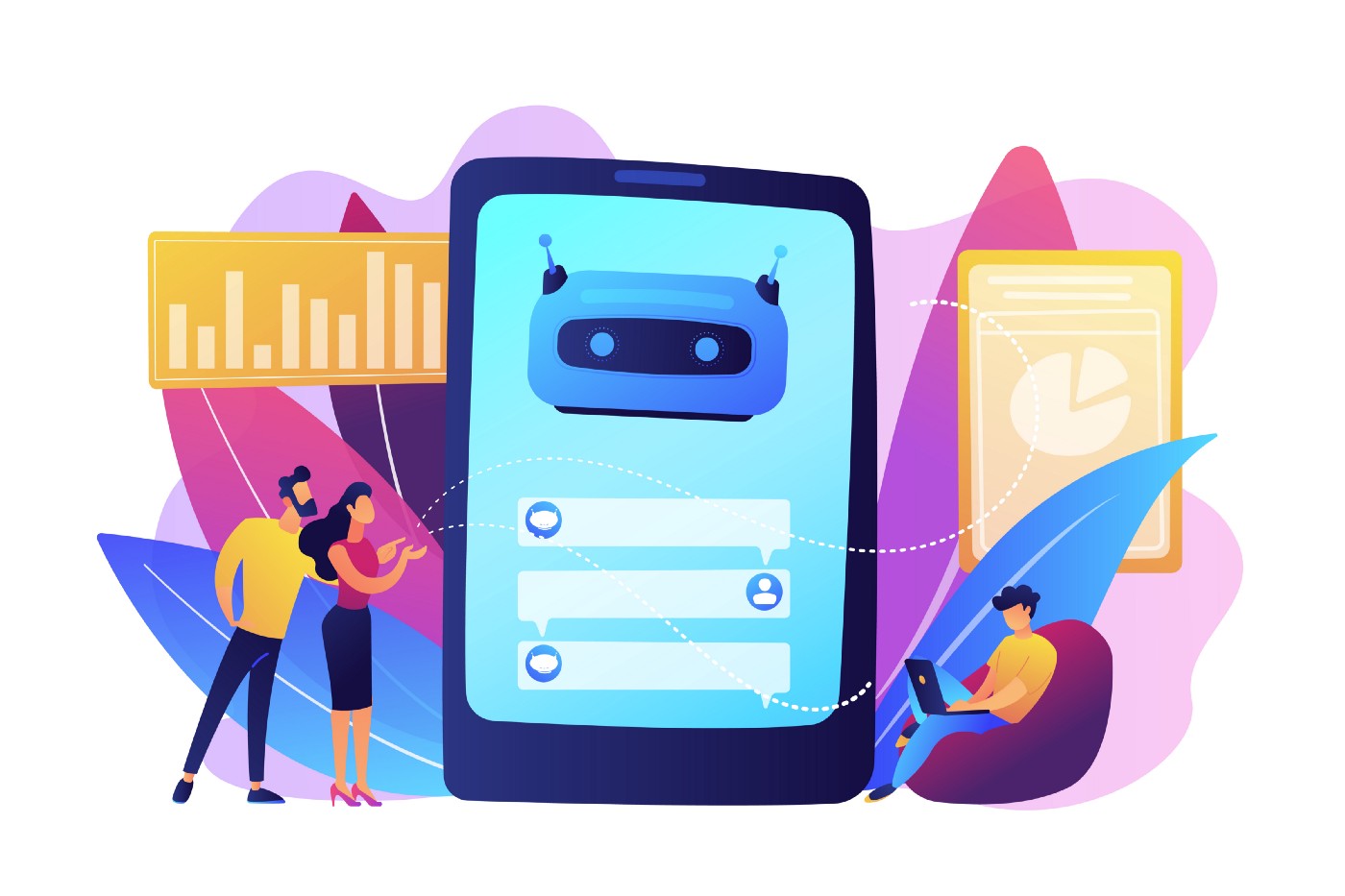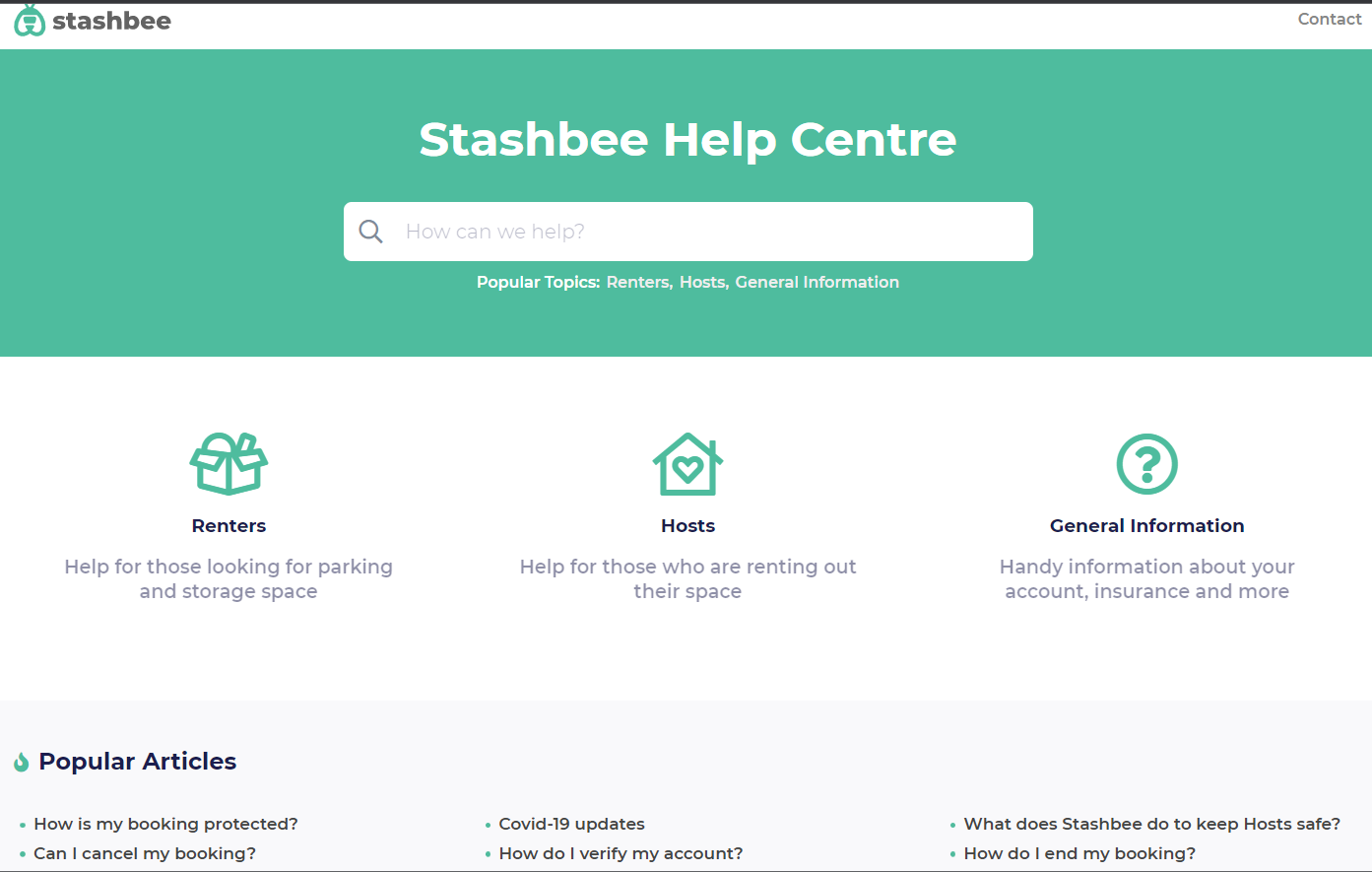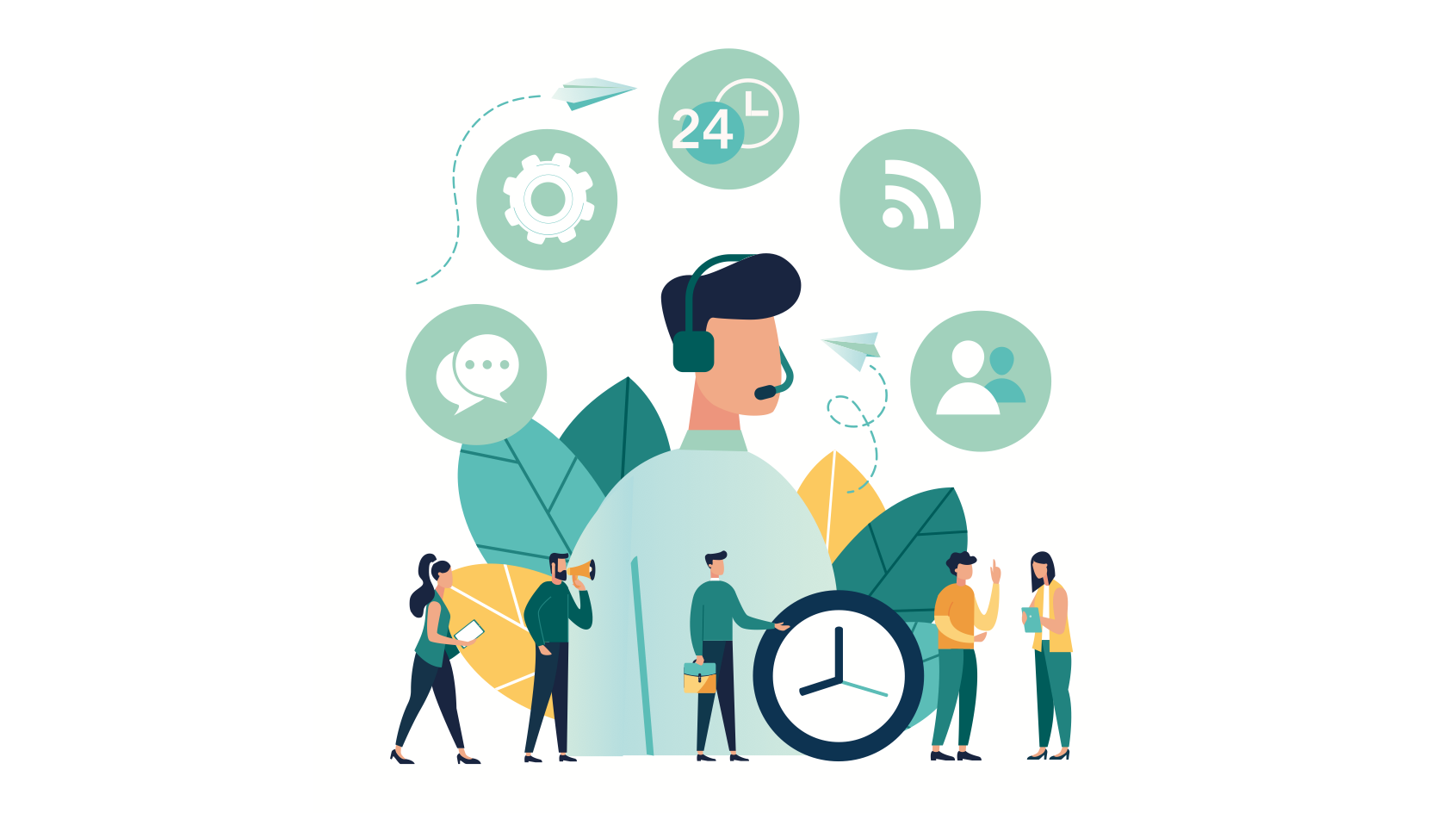
It goes without saying—for most companies—that providing excellent customer support and services for your customers is key to driving business growth and attaining success. Presently, customers expect speedy, streamlined service that gets them the results they need.
This statement is more than just an opinion on how to do business, it’s actually a fact of business that grows truer every day.
According to research, 83% of customers feel more loyal to company's that are able to respond and resolve their complaints. Furthermore, 3 out of 5 consumers report that good customer service is vital for them to feel loyalty toward a brand.
And customer service won’t just affect the way your current customers perceive you and work with you, but also their likelihood of recommending or referring you to others. Qualtrics XM Institute cites that a good customer service experience heavily impacts recommendations—consumers who rate a company’s customer service simply as “good” are almost 40% more likely to recommend that company.
Obviously, the numbers don’t lie. How you serve your customers—in a speedy, streamlined way—matters substantially and directly impacts your success.
So, how can your business meet these demanding expectations short of hiring more employees and diverting more essential resources toward this department?
By automating customer service which starts with creating, investing in, and maintaining a highly functioning, self-service customer portal so that customers can seamlessly find the solutions to their problems.
What is a Customer Self-Service Portal?
A customer self-service portal is a crucial component in any successful business’ customer service strategy.
Essentially, a customer self-service portal is a platform that allows businesses to provide customer support at scale by empowering customers to find answers to their own problems instead of relying on interaction with a customer support agent directly.
While there might be some customers who prefer a direct conversation with support staff, data shows that most customers actually prefer self-service options. According to a research published by Parature, from Microsoft and Microsoft Dynamics CRM, about 90% of consumers expect a brand or organization to offer a self-service customer support portal.
More telling, over 70% of consumers want the ability to solve product and service issues on their own—about 1/3 of consumers (according to the same stat) even say they’d “rather clean a toilet” than speak with customer service directly (which, is a pretty bold stance on self-service portals, we think). ]
So, what do these self-service portals look like, exactly?
Odds are, you’ve dealt with self-service portals before. A few examples include:
- Knowledge base filled with high-quality content
- Community forums
- Simple FAQ pages
- Chatbots
 (Example of Stashbee's knowledge base being used as a customer self-service portal)
(Example of Stashbee's knowledge base being used as a customer self-service portal)
Why Your Business Needs a Customer Self-Service Portal
Aside from the very obvious answer that your business needs a customer self-service portal simply because it’s what customers actually want, there are multiple benefits that the self-service model can provide your business.
1. Improves Customer Service Overall
For starters, investing in a self-service portal can improve your overall customer service strategies all-around. Not only does implementing this type of platform contribute to your company’s growing list of customer service best practices and protocols, but it also aids in setting an established, company-wide standard for customer service and support in general.
Further, your customer service department, staff, and resources can reap the benefits of this efficient system. The less time you have to allocate toward simple problems or tickets that customers could resolve on their own through a self-service portal, the more time and resources you can dedicate toward bigger, more complex issues.
Tack on the fact that your customer service employees can increase their productivity by not having to manage a myriad of hundreds (to thousands!) of easy-to-solve customer service issues and it’s easy to see how your department could improve, overall.
On top of a reduced workload for your agents, this strategy also ensures a form of 24/7 support that allows your customers to resolve smaller issues without needing to speak directly with your agents (or wait for your customer service hours).
2. Reduces Support Costs and Support Tickets
Because you’re now able to provide a form of 24/7 support as well as streamline answers to your most frequently asked questions through automated troubleshooting, your company can reduce the numbers of agents needed as well as the hours they need to be on the clock.
3. Enhances the Customer Experience
According to Harvard Business Review, just over 80% of consumers (across industries) are going to attempt to take care of matters and issues themselves before reaching out to a live representative. Imagine how elevated your customers’ experience could be if they could solve the problem on their own (with your resources and help) without ever having to directly reach out to your representatives?
The data supports that consumers are going to do this anyway, so why wouldn’t you invest in this opportunity to help them help themselves in better, seamless, more optimized ways?
Further, automated assistance through self-service portals provides customers with a faster, more streamlined solution for their smaller problems in most cases.
With this platform, you can give your customers options—they’re not stuck with the single route of speaking directly with customer service agents to solve their problem (an experience that many would clean a toilet in order to avoid, as the stat from early told us). This means that more options are available for customers who prefer to resolve their issues through self-service solutions.
4. Leads to Improved Conversions
It’s important to realize that customer self-service isn’t just about answering questions post-sales—this tool can assist customers with overcoming pre-sale barriers. With a high-quality system in place, consumers can move quickly through the purchase funnel without getting hung up on frequently asked questions or customer service hesitations.
More than that, though, this type of platform goes beyond just working for the customer’s convenience and conversion rate—it can also help you, as a company, better understand your consumer.
With this type of system in place, you can track, analyze, and gain powerful insight about your product, service, customer, behavior, and more, giving you the tools to become a more efficient, assistive, and successful company.
A customer self-service platform also gives you a system to better connect and educate your consumer. In other words, you have the opportunity to improve content and how you deliver that content directly to the consumer. Investing in top-notch content can provide your customers with answers, resolutions, and information they need to make informed decisions and resolve their own problems.
Tips for Ensuring Your Provide Customers with Great Customer Self-Service Portals
A customer self-service portal is just like any other resource you’ll be offering your customers—it needs to be high-quality, easy to use, and actually empower them to solve their problems. This means that you’ll need to invest in a premium platform that’s seamless, speedy, and filled with helpful, easy-to-understand content and resources.
While there are likely innumerable tips and practices you can implement to ensure that your customer self-service portal is top-notch, here are a few best practices to help you kick off (or improve) your self-service portal.
Make Sure Content is Up-to-Date & High Quality
Having a platform in place that’s filled with outdated information and hard-to-understand content won’t get your customers anywhere. Make sure that your content is updated consistently, is of the highest caliber, and isn’t complicated. The easier and more updated you can make your content, the better.
Consider Use of Written & Multi-Media Content
Written content is a must for your platform, but don’t dismiss other types of multi-media content. Videos, pictures, infographics, and interactive designs can help keep your customers’ interest and help them solve their problems faster and more efficiently.
Easy Navigation is a Must
By this, we mean great search navigation. What’s the point of having phenomenal content on your self-service portal if it’s impossible for your customers to access? Make sure it’s incredibly simple for your customers to find the answers they want when they want. Easy navigation and seamless search function should be at the top of your priority list for your self-service platform.
Make it as Accessible as Possible
Ensuring that it’s easy to use is half the battle, educating consumers and ensuring they can find your portal is the other. Make sure your portal is as accessible as possible with very obstacles or barriers to entry. Above all, you want to ensure your customers’ experiences with your self-service portal are uncomplicated and helpful—accessibility is a big piece of that.
Choose the Right Software to Create Your Customer Self-Service Portal
Making the decision to invest in self-service software for creating a customer portal is the first, right step—the next is deciding to invest in the right tools and resources to empower that portal to be the best it can be.
That’s where Helpjuice comes in.
Helpjuice is an easy-to-use, powerful knowledge base software that’s designed to help you grow your business from the ground up, but more than that, designed to help you scale your customer support in every way—including building and maintaining a premium self-service portal.




